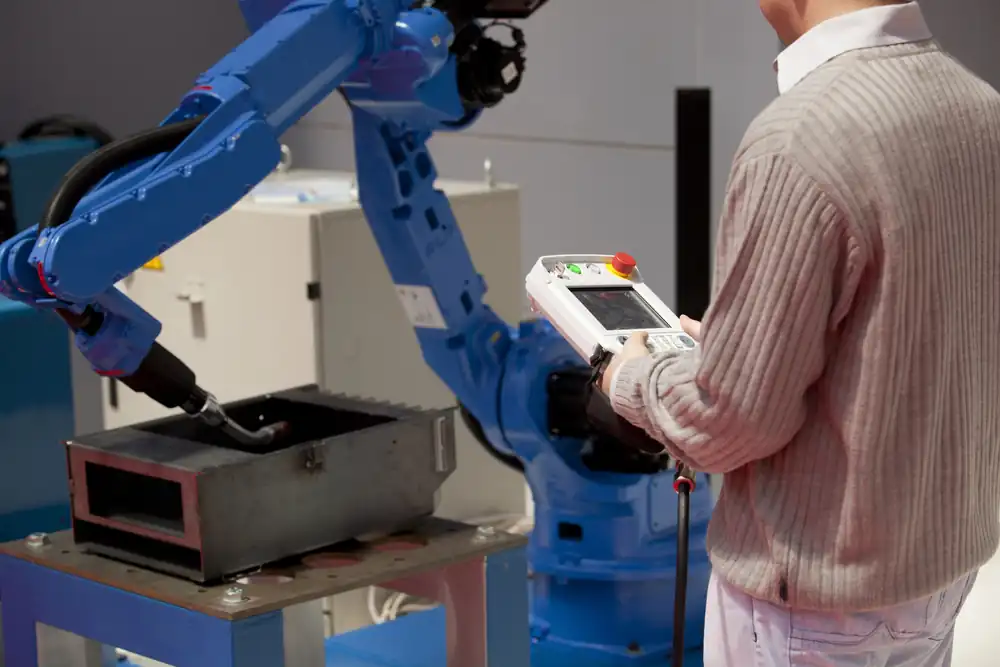
Selecting the right solution between cable assemblies and wire harnesses is crucial for designing efficient and reliable electrical systems. By understanding their differences, uses, and benefits, you can determine which option best suits the specific needs of your projects.
What is the difference in cable assembly vs wire harness?
Although often used interchangeably, cable assemblies and wire harnesses are distinct in design and function. A wire harness is a bundle of individual wires grouped by a basic covering such as tape or sheath. Its main role is to organize and protect wires from abrasion.
In contrast, a cable assembly encloses multiple wires or cables within a single, robust jacket, offering protection from environmental elements like moisture, heat, and friction. This makes cable assemblies ideal for more demanding environments.
The primary distinction between cable assembly vs wire harness lies in the level of protection and complexity each one provides.
When to choose: Cable assembly vs wire Harness?
The choice depends largely on environmental conditions and performance requirements.
- Cable assemblies are preferred in rugged, outdoor, or industrial settings where strong protection is essential.
- Wire harnesses are suitable for controlled indoor environments where organization and basic insulation are sufficient.
Assessing the demands of your system will help determine whether a cable assembly or wire harness is more appropriate.
Materials and components
When comparing cable assembly vs wire harness, it’s essential to understand the differences in materials and components used in each solution. Cable assemblies typically include more robust outer coverings such as heat-shrink tubing, braided shields, or metallic sheathing that provide greater protection against environmental and electromagnetic factors.
In contrast, wire harnesses use simpler coverings like tape, plastic sleeves, or corrugated tubing to organize and guide the wires, without offering full insulation. This distinction directly affects performance, durability, and cost, so understanding the key components of each helps in making more informed technical decisions.
Understanding these applications helps clarify the roles and advantages of each solution.
Advantages of choosing the right solution
Making an informed decision between cable assembly vs wire harness offers several benefits:
- Improved Reliability: Ensures stable power and signal transmission.
- Cost Savings: Avoids unnecessary over-specification.
- Easier Maintenance: Simplifies system troubleshooting.
- Enhanced Safety: Reduces risks through appropriate insulation and shielding.

Choosing the right solution from the beginning supports better outcomes throughout the product lifecycle.
Support for scalability and innovation
As industries grow and evolve, connectivity solutions must be scalable and adaptable. Choosing the right configuration can support streamlined production and integration of new technologies.
Both cable assemblies and wire harnesses are available in custom configurations, making them flexible for future expansion and innovation.
Not all assemblies are created equal
Not all cabling solutions are the same. While cable assemblies and wire harnesses serve similar organizational purposes, their construction and levels of protection vary greatly. Using one in place of the other without careful consideration can affect performance and safety.
Therefore, it is crucial to evaluate the operating environment, technical demands and maintenance requirements before making a selection. If you are exploring options and need detailed guidance for your next cable assembly in Nevada, contact us for expert advice.



Recent Comments